 I spent my $20, but look at all this fake money I've got now. That's a metaphor of some kind.
I spent my $20, but look at all this fake money I've got now. That's a metaphor of some kind. I purchased the book because I was mostly interested in seeing what Vieira and Newman had to say about "double rows of teeth." That strange phrase (repeated by Vieira ad nauseam in his writings, online videos, and episodes of Search for the Lost Giants) is one of pillars of Vieira's belief in a "lost race" of giants. I was curious to see if my own work on the phrase, which I know that Vieira has seen, has had any effect.
Based on Chapter 7 ("Double Rows of Teeth"), the answer to that appears to be an unqualified "no."
Following a brief preamble where they discuss the mention of "numerous rows of teeth" in the Talmud (see this post by Jason Colavito for more on that), Vieria and Newman move on to the now time-honored giantologist tradition of recycling old newspaper accounts as evidence. While there were a few accounts that I hadn't seen before, many were familiar (including several that I have discussed directly).
In the majority of cases, the language in the accounts presented by Vieira and Newman is clearly referring to the presence of "double teeth" (molars) or "double teeth all around" (the appearance of a mouth filled with molars), not multiple layers of teeth. I have written extensively about 19th century linguistic idioms associated with teeth, but they apparently chose to just ignore all that and throw a bunch more baloney at the wall in the hopes that something would stick.
Oh well . . . let's go through them in order:
- "all of them are double" (1856): this is clearly a reference to teeth looking like "double teeth" (molars);
- "The teeth are all in their places, and all of them are double" (1870): another reference to the teeth looking like molars;
- "Each had double teeth in front as well as in the back part of the jaw" (1893) molars again (note how the writer is pointing out what is unusual - double teeth in the back are expected, of course);
- "The teeth were still sound, and double all around" (1878): there's that pesky idiom again that actually means "molars all around";
- "the teeth were described as 'double all around'" (1881): just describing teeth that appeared to be molars because of their wear (I discussed this particular case in this post);
- "all double teeth" (1892): again, referring to molar-like wear (I discussed this particular case in this post);
- "one jaw had evident signs of a third set" (1875): I've already written about this one, and I think there's good reason to suppose that this account, from Florida, is actually describing the germination of a "third set" of teeth following the permanent teeth (which would be the "second set");
- "A set of almost round double teeth" (1900): again, this is referring to "double teeth" (molars), not "double rows of teeth";
- "double teeth in front as well as in the back of mouth and in both upper and lower jaws" (1872): very similar to the 1893 phrase above (and also covered in this post);
- "two rows of teeth in the front upper jaw" (1912): while this one actually appears to be describing multiple layers of teeth, it is almost certainly a case of a reporter misunderstanding a phrase like "double teeth in front" (this is the Ellensburg case - I've written about it here);
- "the full number of teeth, and double all around" (1880): this one even specifies the "full number of teeth," making it plain that "double is describing the kind of teeth, not the number;
- "double teeth all around" (1895): molars again (this is the Deerfield account that is part of Vieira's arrival story - I've written about it here)
- "entire rows of double teeth" (1854): again, teeth that look like molars because of wear;
- "row of double teeth in each jaw" (1854): same old, same old . . . ;
- "a full set of double teeth, all around" (1849): an individual that still has all his teeth, highly worn so that they appear to be molars;
- "two distinct rows of teeth in the massive jaw" (1902): this could well be referring to an individual the the normal rows of teeth (one on each side) in the mandible;
- "the teeth are double both front and back" (1912): similar to the 1872 and 1893 accounts above;
- [some report from 1819 that doesn't even mention teeth];
- "skulls with double rows of teeth" (1862): I would bet dollars to donuts that this is simply describing skulls with full sets of teeth, as the phrase "double rows of teeth" was commonly used in the late 19th century to describe living people, some creatures, and inanimate objects with opposed rows of teeth;
- "An unusual feature was a complete double row of teeth on both upper and lower jaws" (1908): while this one really does sound like writer is trying to describe a dental oddity, the late date suggests we shouldn't rule out a miscommunication error with someone using the phrase "double teeth all around," which was waning in use by the early 1900s.
- "The jaws of each were filled with double rows of teeth" (1870): the simplest explanation here is, like the 1862 account above, just a description of a mouth filled with teeth;
- "two had 'double teeth' in front" (1890): this is clearly describing the kind of teeth (double teeth, or molars) rather than the number of teeth, even putting the idiomatic phrase within quotation marks;
- "the teeth, which were all double, were perfect" (1907): again, I would bet this is referring to the kind of teeth (teeth that look like molars) rather than the number;
- "one row of double teeth all around" (1822): again, description of kind of teeth, not number - it even says "one row";
- "the upper jaw had double teeth all around" (1821): same old, same old . . . again;
- "while the teeth were double in front as well as behind" (1906): this is very similar to the 1872 and 1893 accounts above.
Then the authors go through several accounts of Euroamerican colonists with similarly described teeth, and then rehash the conversation with dental anthropologist Shara Bailey that they showed us on Search for the Lost Giants.
Among the 25 accounts that Vieira and Newman reproduce to highlight the "mystery" of double rows of teeth, I see very little that can't be explained by what I've already written. If you're really interested "double rows of teeth," go read through some of those posts. If what Vieira and Newman have presented is the best evidence for something strange going on . . . I don't think there's a whole lot more to say on what the original writers were actually attempting to convey with their descriptions. I think we can mark this one "case closed."
Vieira and Newman cement the case for their own intentional analytical blindness with the second to last paragraph in the chapter:
"After looking carefully at all the possibilities, the phenomenon of double rows of teeth could either be: 1) Literally two sets of teeth (double) 2) molars and premolars in the front of the mouth resembling 'double' teeth - an unusal anomaly in itself; 3) supernumerary teeth that are just occasional 'extra' teeth in the mouth, that could be seen as double sets of teeth, but not 'full sets.' 4) teeth so worn down that only the two roots exist that resemble two separate teeth."
Well, no, not really. They completely miss the explanations that I've been writing about and exploring since last November when I first saw them on TV (this was my first post on the matter). This is especially ironic given the tone set by Ross Hamilton in his foreword, depicting Vieira and Newman as courageous visionaries who are daring to explore topics that mainstream "academically controlled archaeologists" ignore. Well, I suppose I'm one of those "academically controlled archaeologists" and I've put quite a bit of effort into exploring those same topics. I've used historical, linguistic, and quantitative research to construct what I think is the most reasonable explanation to date for the "double rows of teeth" phenomenon, and these authors chose to ignore all that work in order to preserve the mystery for their book. That's a joke, right?
So this was $20 down the tubes . . . easy come, easy go, I guess. Given what I got for my money, I decided to share the misery and I sent my copy of the book to Jason Colavito. He's begun reviewing it chapter by chapter on his website.
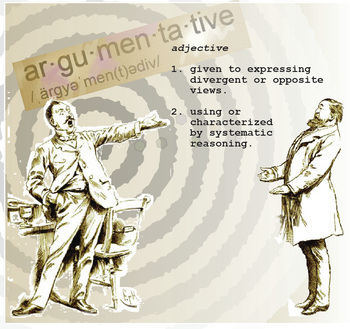
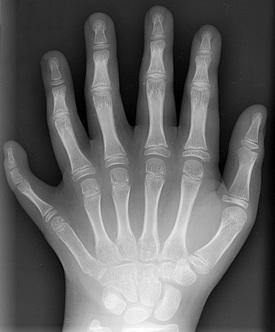
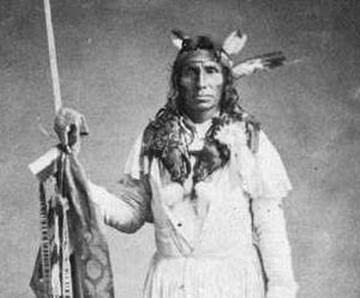
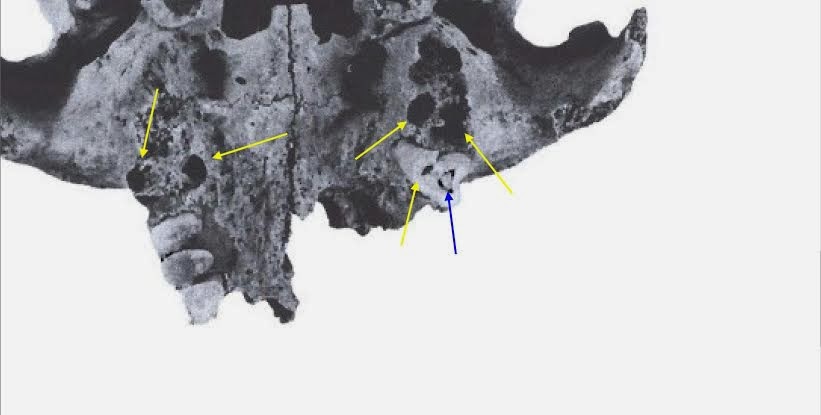
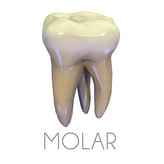
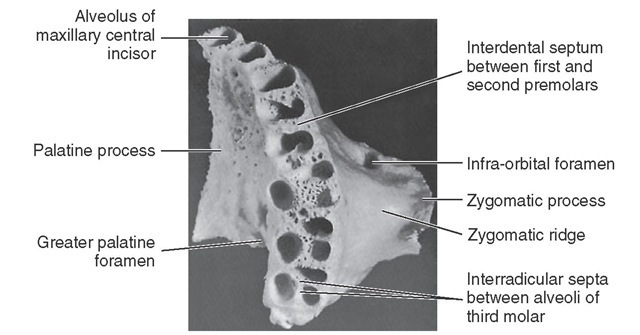
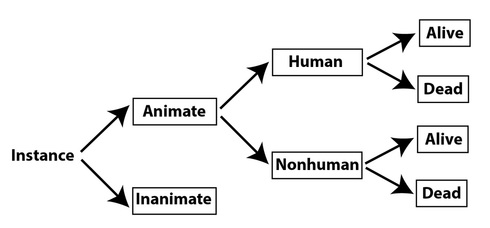

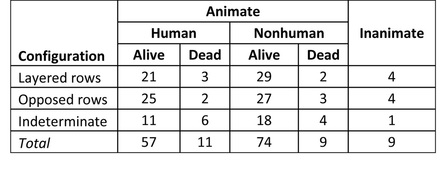
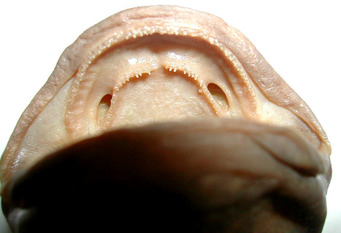
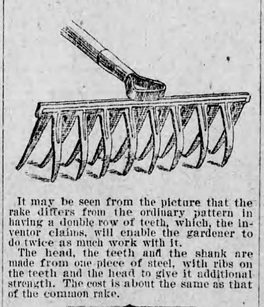
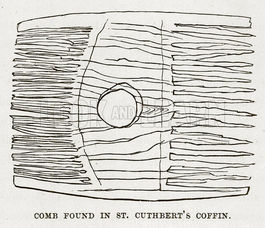
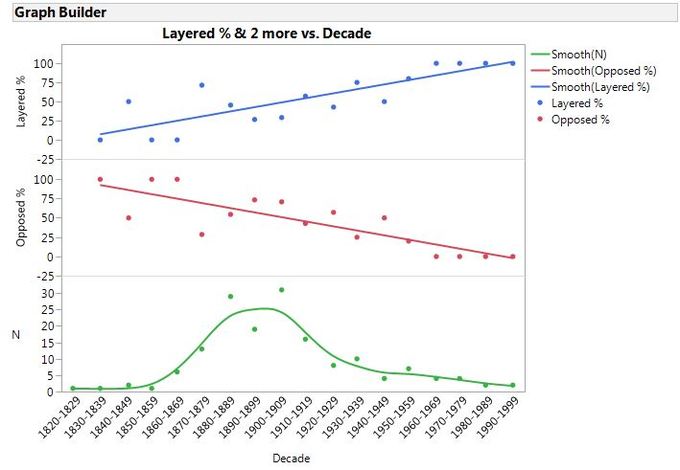
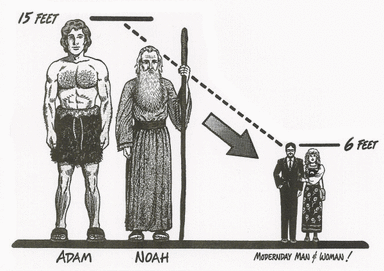

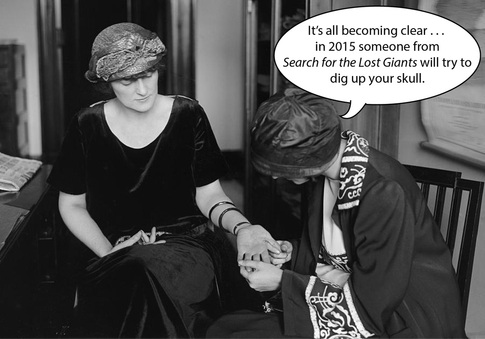



 RSS Feed
RSS Feed
